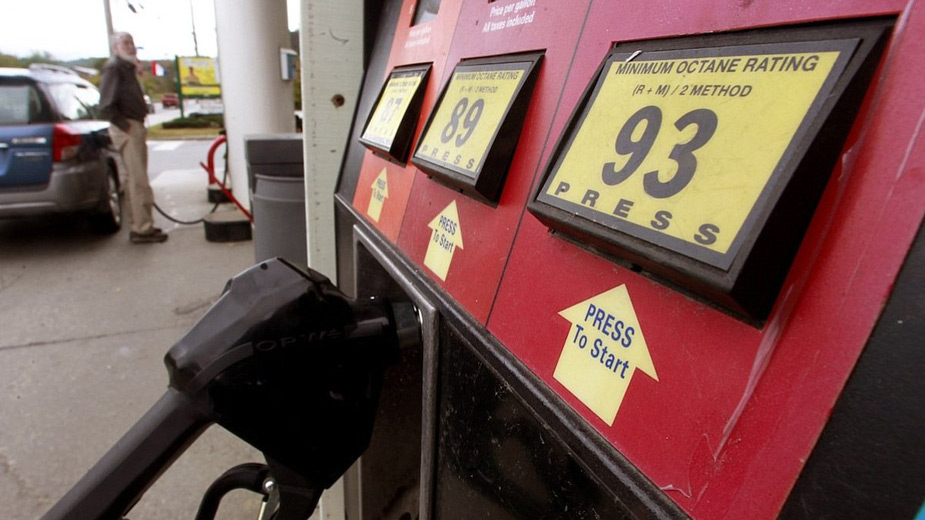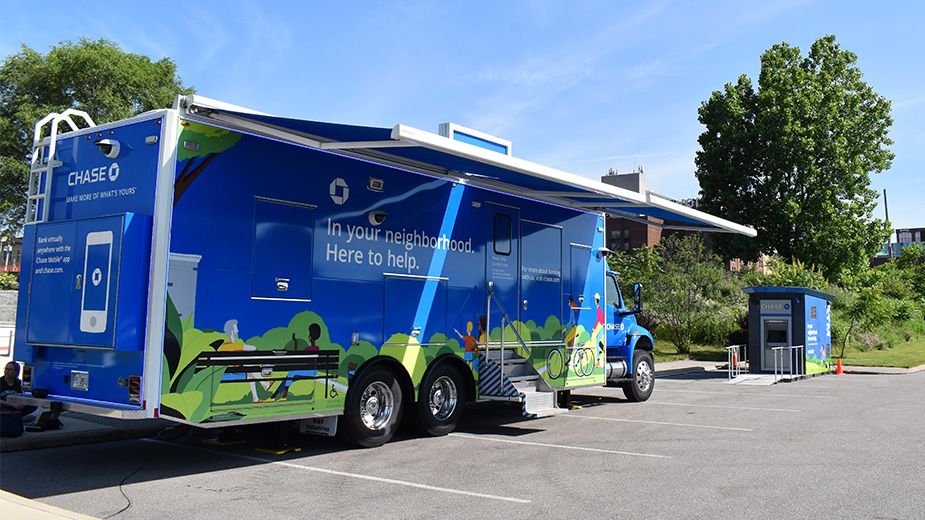Lower Gas Prices Translate into 1% Hike in Income
WASHINGTON — Lower gasoline prices last year translated into Americans buying more fuel for their cars and trucks, driving longer distances and using mass transit less.
So finds a JP Morgan Chase Institute report, “How Falling Gas Prices Fuel the Consumer,” released last week. It surveyed one million of its customers in 23 states.
Gasoline prices in 2015 were 25% lower than in 2014 and so the average American household spent $477 less on fuel, of which such a family spent 58% of that savings, or $277, on other items.
The $477 is the equivalent of half a monthly mortgage payment or monthly rent, Chase said.
Americans spent 34% of their savings, or $162, on items unrelated to gasoline: 19% went to restaurants, 16% to purchases at bricks-and-mortar stores, 13% to online purchases and 11% on groceries. Some 42% went to durable goods and vehicles. Little was saved or used to reduce debt, the report found.
The 25% drop in gasoline prices translated into a savings of $632 for the average middle-income household, but it also meant that same household returned $155 to service station by buying more gasoline at the lower prices for a net savings of $477.
Low-income families (those with annual incomes of $30,000 and less) saved $332, which translated into a 1.4% boost in discretionary income, almost all of which was spent.
“The drop in gas spending is significant for consumers – it is the equivalent to more than a 1% increase for low- and middle-income households,” said Diana Farrell, president and CEO of the JP Morgan Chase Institute, in a prepared statement. “This savings at the pump benefited restaurants and retailers and contributed to changes in consumer transportation choices that we haven’t seen in five years. People are driving more and using transit less.”
Copyright 2024 The Business Journal, Youngstown, Ohio.


